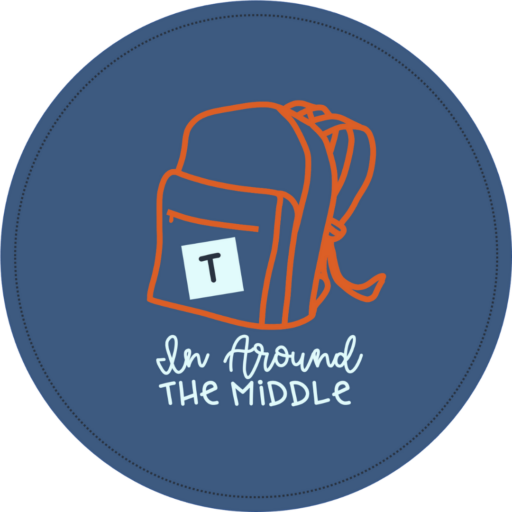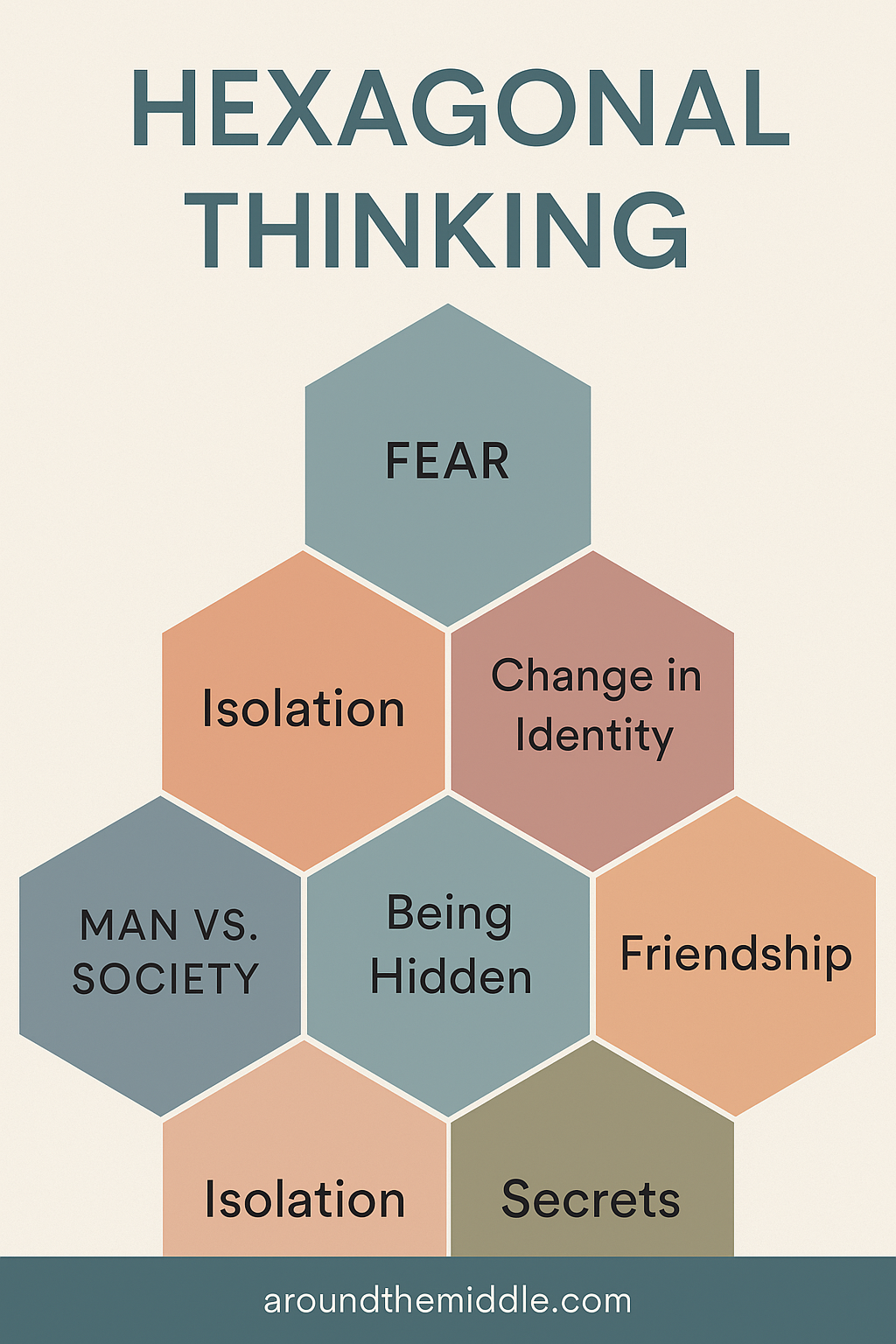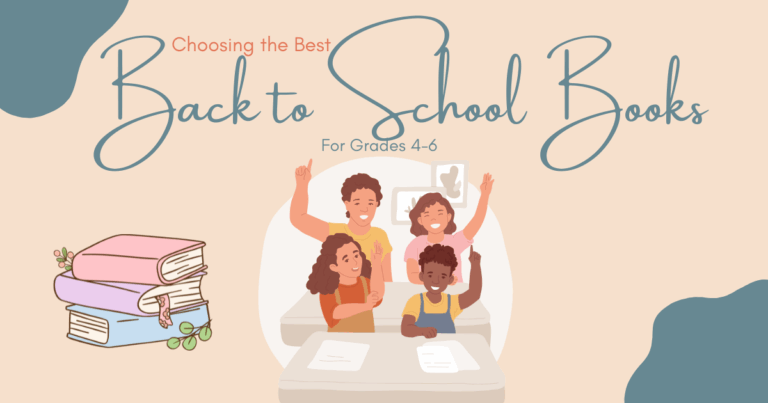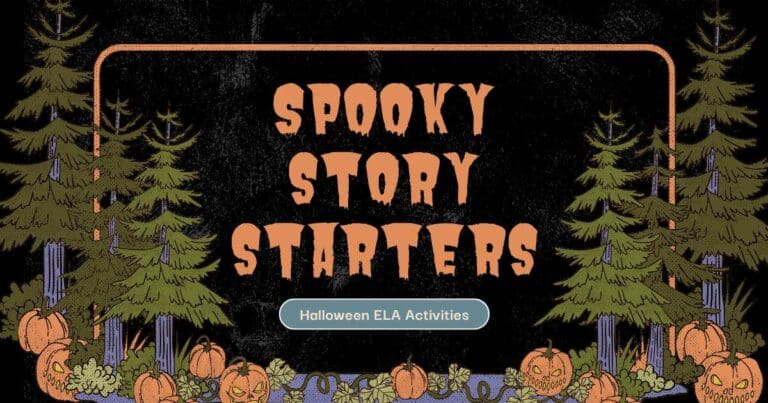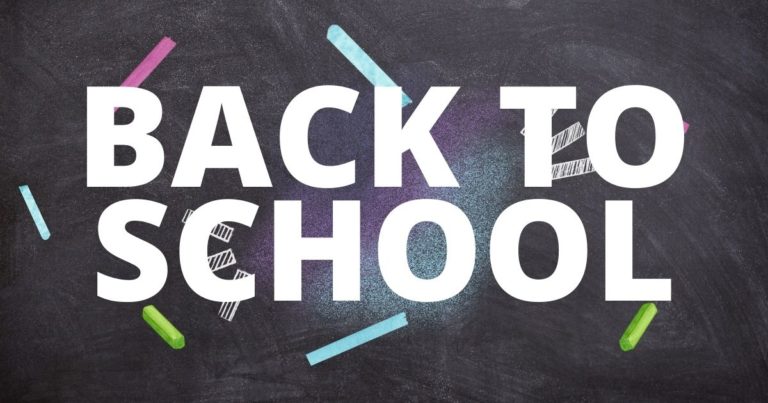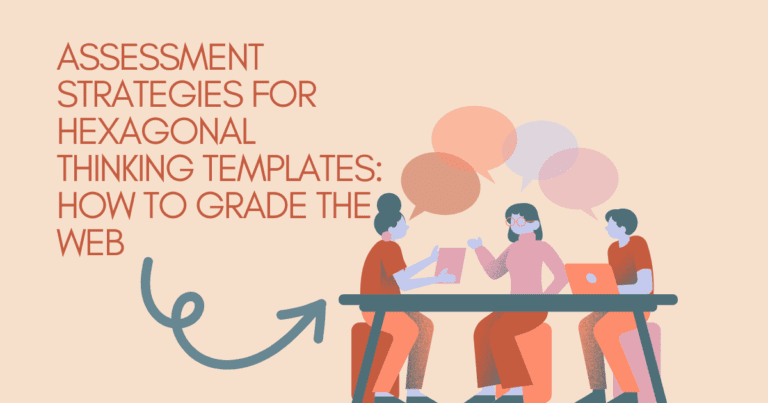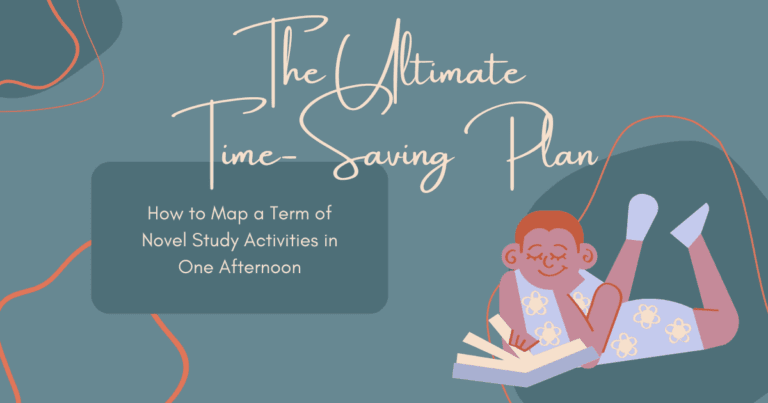How I made one simple change to dramatically improve critical thinking in my classroom
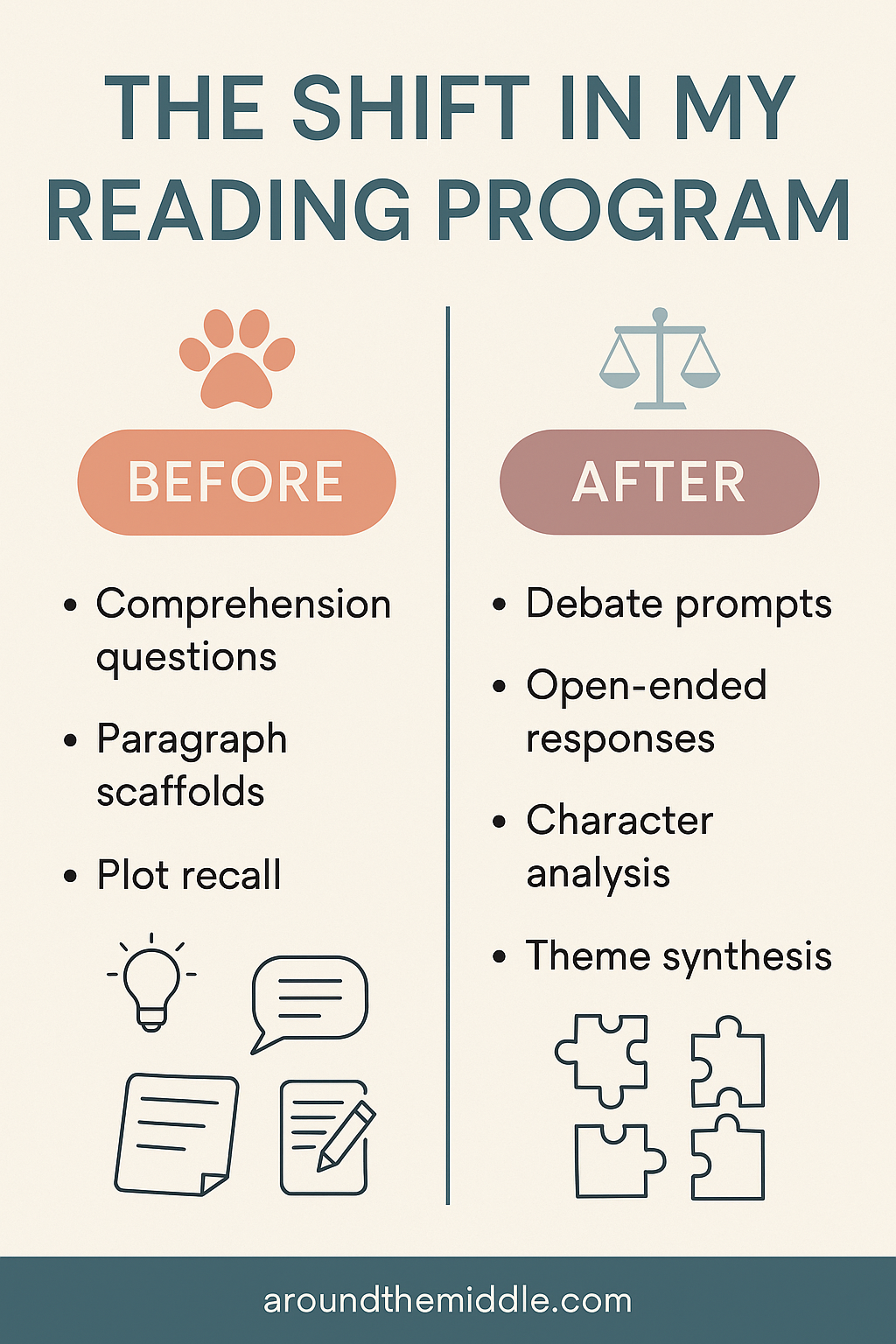
At the start of the year, my reading program focused on structure—and for good reason. Many of my students lacked the foundational skills to engage deeply with a novel. They weren’t confident answering comprehension questions or supporting their ideas with evidence. They needed explicit modeling, guided practice, and tightly scaffolded tasks.
And it worked.
But by mid-year, it was clear: they were ready to improve critical thinking—not just comprehension.
This post shares how I pivoted at that point—how I moved from structured reading responses to authentic, inquiry-driven tasks that build independent thought. You’ll see how I use pre-reading strategies, whole-class read-alouds, and tools like discussion prompts, debates, and hexagonal thinking to help students improve critical thinking in meaningful, measurable ways.
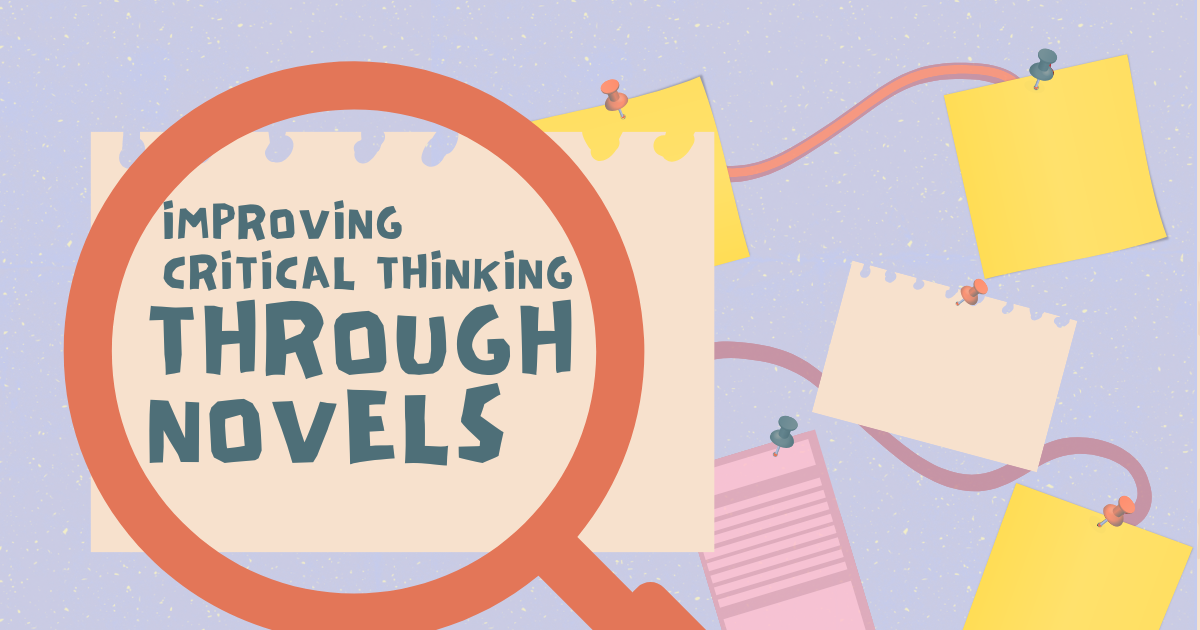
From Structure to Struggle: Why Productive Challenge Builds Better Thinkers
If you’ve read my earlier post on productive struggle, you’ll know I believe in challenge—but only when students are ready.
My class started the year with gaps. They needed sentence stems, modeling, and confidence. But once they could follow a plot and respond in complete sentences, it was time to shift the cognitive demand and give them tasks that would genuinely improve critical thinking.
So, we moved from:
- Answering teacher-led questions → Asking open-ended ones
- Recalling events → Interpreting motives and decisions
- Summarising plot → Debating real-world themes
Letting students grapple with content didn’t lead to confusion—it led to growth. That’s the kind of productive struggle that improves critical thinking.
Why I Still Read the Class Novel Aloud
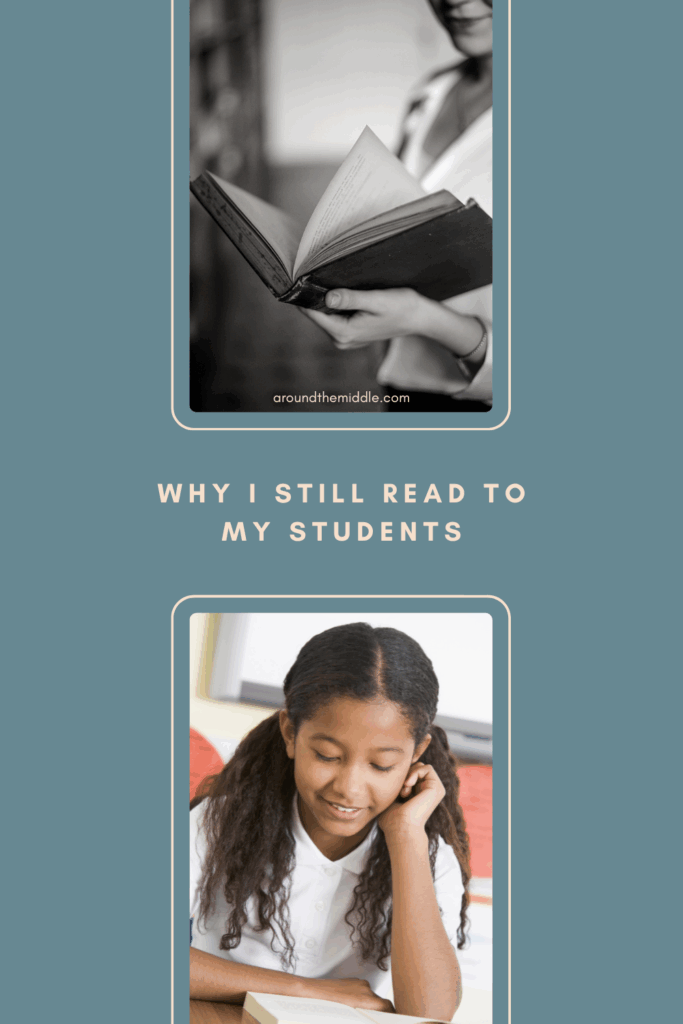
One thing hasn’t changed: I still read our novel aloud. And no, that doesn’t lower expectations—it raises access.
Not all of my students can read at the level of our class texts. But when I read:
- Everyone hears tone, mood, and pacing
- We can pause for discussion and analysis in real time
- Students can focus on meaning—not decoding
- They retain more and engage more deeply in reflection
Reading aloud is the gateway to improving critical thinking for every student, not just those already reading at or above level.
Pre-Reading Activities That Prime Students to Think
One of the best ways I’ve found to improve critical thinking is to start before the book begins.
Scavenger Hunts That Introduce Big Ideas
I use pre-reading scavenger hunts to introduce unfamiliar concepts—like population control, censorship, or moral dilemmas—before students encounter them in the text. This early exposure gives them the tools to make sense of new information and tackle deeper themes head-on. Doing this in a scavenger hunt format makes it fun, gets students out of their seats and moving, and most importantly discussing possible answers with everyone around them.
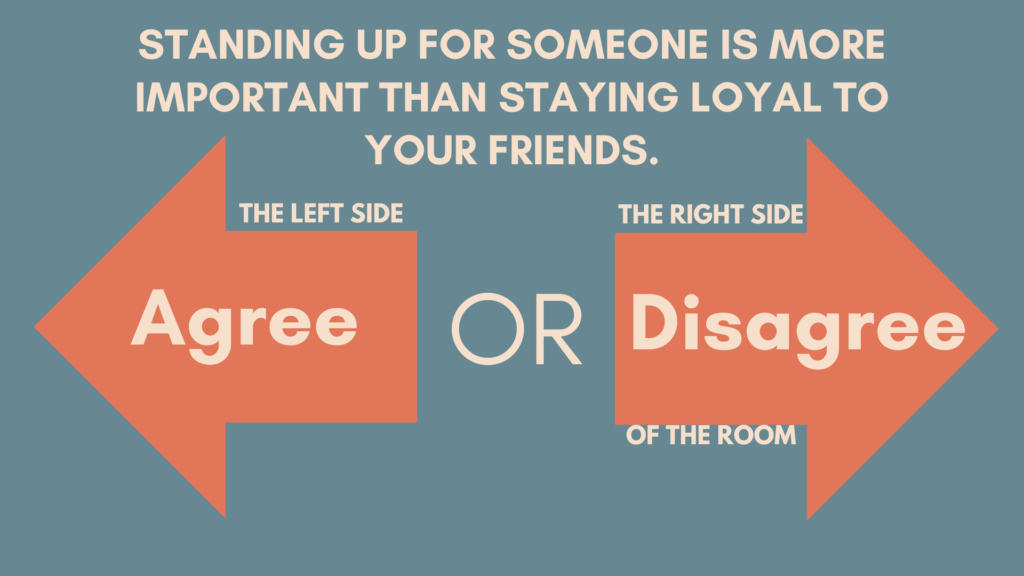
Debate Prompts That Activate Opinion and improve critical thinking
I like to introduce debatable statements that fit in the novel’s themes. Again, getting students up and out of their desks and going to a side of the room based on whether they agree or disagree with the statement. I use statements like:
- “Rules protect people.”
- “Freedom is always worth the risk.”
- “Some people deserve more rights than others.”
Students form opinions, defend their thinking, and immediately begin to engage with ideas that are central to the novel. These discussions lay a powerful foundation to improve critical thinking as they read. I got back to individual statements during and after the novel to see if students have changed their mind, and challenge them with what-if statements designed to make them rethink their view and see not everything has a clear answer.
Moving Beyond Comprehension to Improve Critical Thinking
Once we’re into the novel, we shift from simply tracking what happens to interrogating why it matters.
Here’s how:
Open-Ended Tasks That Push Interpretation
The actual activities will depend on the novel, but each is designed to push their thinking. For example, next term my class will be reading Among the Hidden by Margaret Peterson Haddix. Rather than answering fixed questions, students will:
- Rank character risks and justify the order
- Write from a character’s perspective
- Track and respond to key themes with evidence
- Analyze propaganda and write rebuttals
- Design alternate endings that reflect character growth and what-ifs.
These tasks ask students to reflect, connect, and take ownership of their interpretations—critical components of improving critical thinking.
My Favourite Tools to Improve Critical Thinking Through Novels
Escape Rooms That Revisit Big Ideas

I use low-prep comprehension-based escape rooms as a fun wrap-up, but they’re packed with meaningful review: symbolism, vocabulary, figurative language, and moral conflict. Students think critically under pressure, without even realising they’re doing academic work. This also gets them moving around the room and debating answers with those around them. You don’t need fancy locks or envelopes to stuff, in fact I do mine with a few decoders and multiple choice questions! Super low-prep and high-engagement review.
Debates That Demand Evidence and Empathy
Debates are where real growth happens. Students have to consider multiple sides of an issue and defend their stance using evidence from the text. Like I mentioned above, I start these before reading and then revisit during and after with a variety of activities.
This is one of the fastest ways to improve critical thinking and elevate class discussions. After some great class discussions, I like to tie this in with some persuasive writing tasks. A nice change of approach to a writing task that helps reignite their interest in writing too.
Hexagonal Thinking for Synthesis and Insight
Hexagonal Thinking requires students to justify how themes, characters, quotes, and events connect—and why. It turns students into analytical thinkers who don’t just understand a novel but can navigate its complexity independently.
Perfect for post-reading synthesis or as a prep task before writing. I’ve written a blog post here on how to create your own hexagonal thinking activities. Alternatively, if you don’t have the time, you can check out my novel-specific hexagonal thinking activities here.
What I Noticed When I Made the Shift to Improve critical Thinking
When I stopped prioritising coverage and started targeting how to improve critical thinking, everything changed:
- And they stopped looking for the “right” answer—and started building their own
- Students pushed conversations forward
- They quoted the text without being prompted
- They revised their thinking when challenged
- They made thoughtful, personal connections
Final Thoughts: Why Improving Critical Thinking Matters More Than Ever
Reading a novel isn’t about getting to the end—it’s about how students engage with it along the way.
Yes, we still check comprehension. Yes, we meet curriculum outcomes.
But now, we do it through work that matters—debates, interpretations, analysis, creative application—all designed to improve critical thinking and prepare students for deeper, more transferable learning.
If you’re thinking about your next novel unit, the first step is choosing a book that opens the door to powerful thinking. If you haven’t yet, download my free guide:
👉 How to Choose the Right Novel to Start the Year Strong
Even mid-year, the same thinking applies: choose well, teach with intention, and watch your students grow—not just as readers, but as thinkers.
Happy teaching
